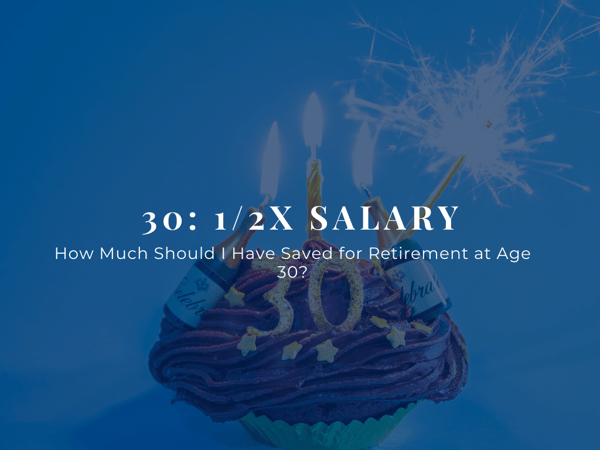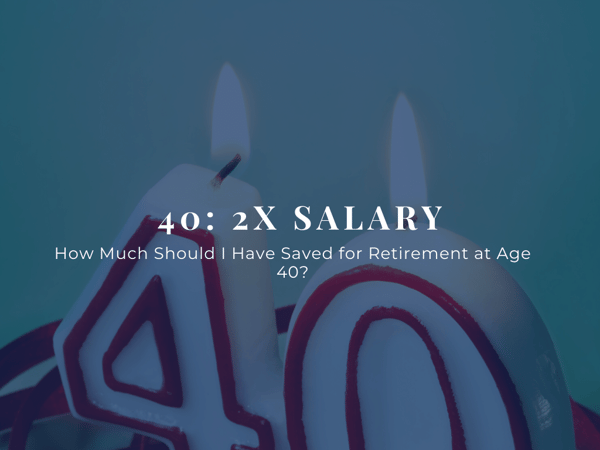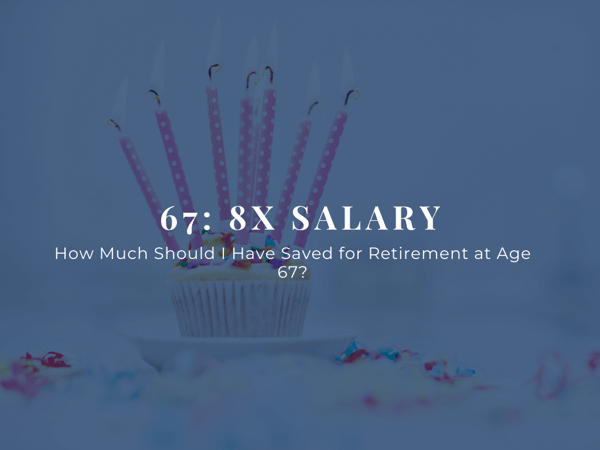
So many people ask, “how much should I have saved for retirement?” Well, there are many retirement savings “rules of thumb” out there. In this article, we will share some of the common recommendations and even debunk a few.
NOTE: Be sure to read to the end where we share our real answer for the question of how much retirement savings you should have at age 30, 40, 50 and beyond.
The 10 Percent Rule
The most common retirement savings rule of thumb is that families should save 10 percent of their gross pay each year. Some proponents of this rule recommend that retirement savings eventually become 15 percent of gross pay over time.
The Multiply by 25 Rule
For this rule, estimate your desired annual amount you wish to withdraw from your retirement savings in retirement and multiply by 25. For example, if you want to withdraw $40,000 per year from your retirement portfolio in retirement, you need $1 million dollars saved for retirement.
The Age Based Multiplication Rules of Thumb
For this retirement planning rule of thumb, the amount you need to have saved for retirement is calculated based on multiplying your age by the factor shown.
 Age 30: ½ Salary
Age 30: ½ Salary
By age 30, the amount you have saved for retirement should be equal to your annual salary multiplied by ½. For example, a person making $50,000 should have $25,000 saved for retirement by age 30.
 Age 40: 2X Salary
Age 40: 2X Salary
By age 40, you should have saved the equivalent of your annual salary multiplied by 2. In our $50,000 annual salary example, a person should have $100,000 saved for retirement by age 40.
 Age 50: 4X Salary
Age 50: 4X Salary
By age 50, you should have four times your annual salary in savings. That means a person making $50,000 should have $200,000 in retirement savings by age 50.
 Age 60: 6X Salary
Age 60: 6X Salary
By age 60, you should have six times your annual salary in savings. For example a person making $50,000 should have $300,000 in retirement savings by age 60.
 Age 67: 8X Salary
Age 67: 8X Salary
By age 67, you should have the equivalent of your annual salary multiplied by 8 in your retirement savings account. For a completely different example, a person making an annual salary of $150,000 should have about $1.2 million saved for retirement by age 67.
The 80 Percent Rule
The 80 percent rule means that you need enough retirement savings to cover the equivalent of 80 percent of your salary today for about 20 years. However, this rule is hotly debated as you may not be spending 20 percent less in retirement than you spend today.
The Carnegie Retirement Savings Rule of Thumb
Helping you find the answer to how much you should have saved for retirement is something we do every day.
Every person is unique. Only through understanding your individual goals and situation can we come up with a true and helpful financial plan to help you reach your retirement goals.
Find Your Own Retirement Rule of Thumb
Schedule an appointment today to learn more about your personalized retirement savings "number" and get the support you need to achieve your goals.




